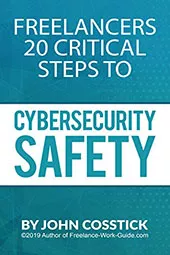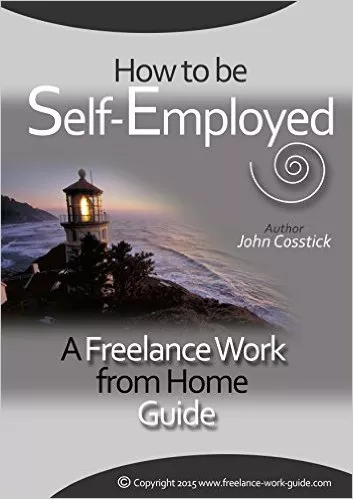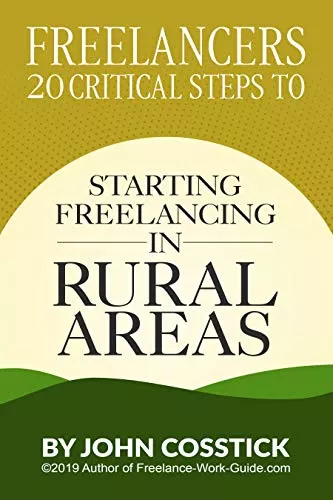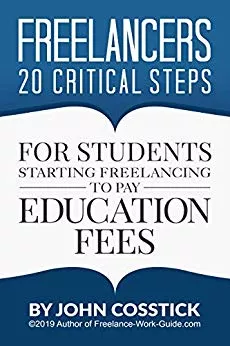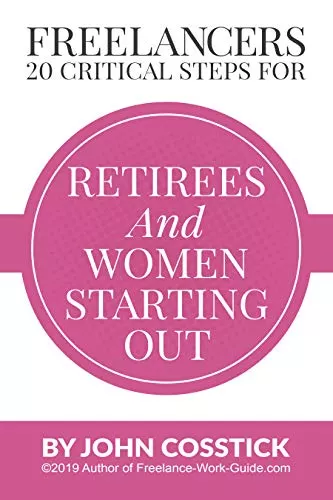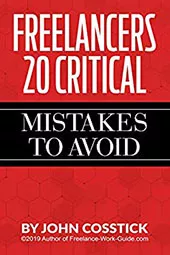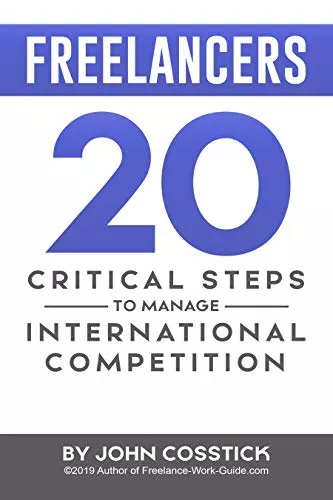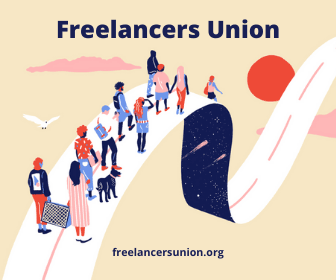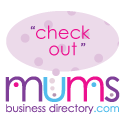
Graphic designing has become one of the most lucrative modern-day careers, and it does not have to take landing projects with big brands or belonging to sought-after design agencies. In fact, you can make a good living by being a freelance graphic designer.
The demand for freelance graphic designers is growing fast because of the high need for marketing collaterals. The pandemic increased this demand as businesses shifted their operations online in this new normal economy.
New digital marketing strategies for brand continuity ushered in a fresh wave of projects for freelance graphic designers everywhere of all kinds of niche. With such a competitive design arena, how do you stand out? How do you market yourself as a freelance graphic artist?
Every designer has their own style, brand, and way to do things. When you build a career as one, you can either do it as everybody else does or do things differently to stand out as a freelance graphic designer.
It is better to break the norm in such a cutthroat industry and be a trendsetter to stand out. People pay more for ingenuity, so highlight how you are a cut above the crowd. Check these five 5 strategies for successful self-marketing in 2021.
How to Market Yourself as a Freelance Graphic Designer
1. Define Your Brand
You probably had the chance to establish a brand identity for a client. But do you take the time to brand yourself properly?
You are a brand. And just like any other brand, you need to build your identity that demonstrates your unique flare of creativity and style. If your personal branding is clear, your potential clients will find it easier to know if you are the designer they need.
Personal branding is simply a representation of your professional skills and experience that reflects your unique, authentic self.
Branding yourself effectively also shows professionalism and confidence, which clients need to see. If you do not appear confident, how will you appear trustworthy for your clients?
Start by defining your answers to these questions:
- Who are you as a designer? What is your vision for yourself as a designer, and your values and principles?
- Who is the perfect client for you, and how would you want them to represent your work?
- Who would be the people interested in your work? What is your niche or industry?
- What makes you unique? What are your strengths and your design style?
- How much would you want to be compensated for the projects you intend to get?
You can come up with other questions you think is necessary for molding your personal brand. It’s going to help you focus your creativity, resources, and all your efforts into building your brand according to your answers to these questions.
It helps you filter the projects and clients you get and makes it easier for you to gauge if you are getting paid properly for the work you do. If you know yourself better, your clients are more likely to be convinced. That’s where you start to grow as a designer.
Here are some other branding pointers that can help you:
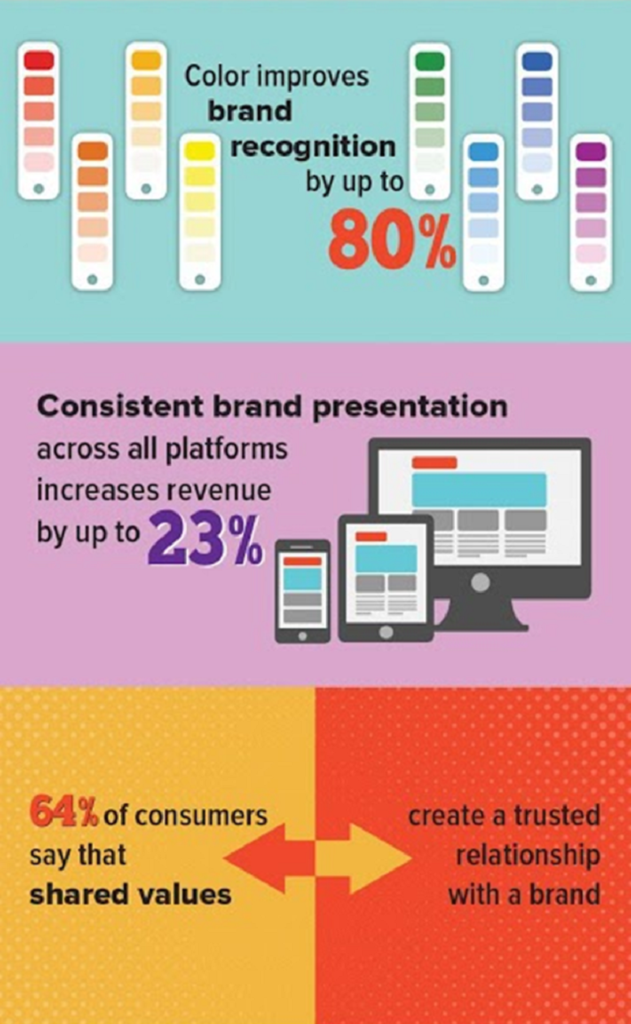
thumbor.forbes.com
2. Create a Business Plan

Freelancing, as a graphic designer, is not just all about creativity and designing. Aside from your brand, you are also building your business. It is not just a hobby for you or a side hustle. And even if it is just a side hustle or a part-time career, it is still a business that needs a good, firm foundation to be successful.
After you determine your brand and what kind of freelance graphic designer you want to be, start building your business plan and goals around it. Get registered with your local government so you can issue official receipts and invoices, crucial for big brands and other business clients.
You might think you do not need to legalize your business since you are just a freelancer. Freelancing does mean that way. You limit yourself to the kind of clients you get and the impression and trust factor you exude.
You can start freelancing as a gig, but if you eventually find that you want to do it consistently, whether part-time or full-time, you need to build your business plan.
You need to determine how much income you need in a month, investments cost (software and devices, website hosting, marketing, taxes), services and contractors you may need (legal, CPA, licenses, insurance), and the like.
Set measurable goals to see if your strategies are working and if you are earning enough to keep your freelancing career.
Canva Logo Maker Tool
3. Build Your Audience
Build it, and the people will come. This strategy can be phenomenal if your business is a grand-standing mall in the middle of the city, easy for everyone to see. But as a freelance designer, it does not matter if you got your brand altogether. If people do not discover you, they will not be able to hire you.
Being “discoverable” is the reason why you need to build traffic for your brand. You need to build your audience, especially online. So you need to establish your portfolio website, create your social media accounts, and start networking online.
For example, you can follow industry leaders and peers on LinkedIn and also communicate with ideal customers. You can use Instagram as an overflow outlet for your portfolio to keep getting your work out there for people to discover.
You can also join Facebook groups of other designers in your niche or interest groups where you can get discovered as a designer. The key is generosity. If you find “problems” to solve, like helping out newbie designers on forums or supporting other artists online, the more you gain traction in your industry.
Be consistent in your web and social media postings, and do cross-link as much as possible to promote all digital channels you are using to showcase your brand.
In time, you will see your audience build and expand as you get people to notice you, talk about you, and share what you do.
Here are other tips for building your audience and clientele:
- Locate your customers: begin with local businesses or start-ups who are more likely to hire freelancers due to their limited marketing costs.
- Join different design or freelancing channels: you can sign up at networks like Behance, or Dribbble, SkillSoniq, Fiverr, and other platforms that can give you exposure.
- Research: understand your customer, know the latest trends, familiarize yourself with current industry standards.
- Make a good impression: always put your best foot forward, treat clients with respect, honor your peers and never badmouth your competition, be gracious even in the midst of negative comments, strategically and peacefully negotiate when things are not going as planned.
- Build connections: always be mindful and purposeful in building your reputation and good relationships.
4. Create a Great Portfolio
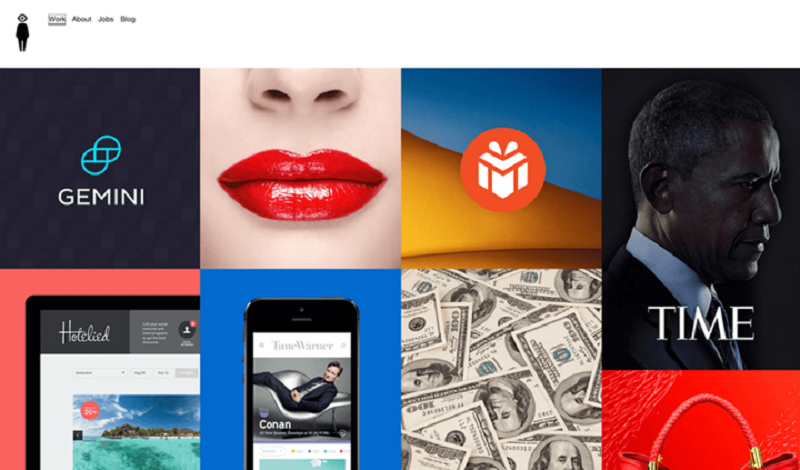
Image Source: Canva
Making a portfolio is curating your best work that best portrays your strengths, creativity, and design style. You need to regularly update your portfolio to include your most current work as much as possible.
Make your portfolio stunning, engaging, and compelling since it will typically be your chance to build a first impression with future clients.
For online portfolios, you can try to make it interactive. Here are some samples:
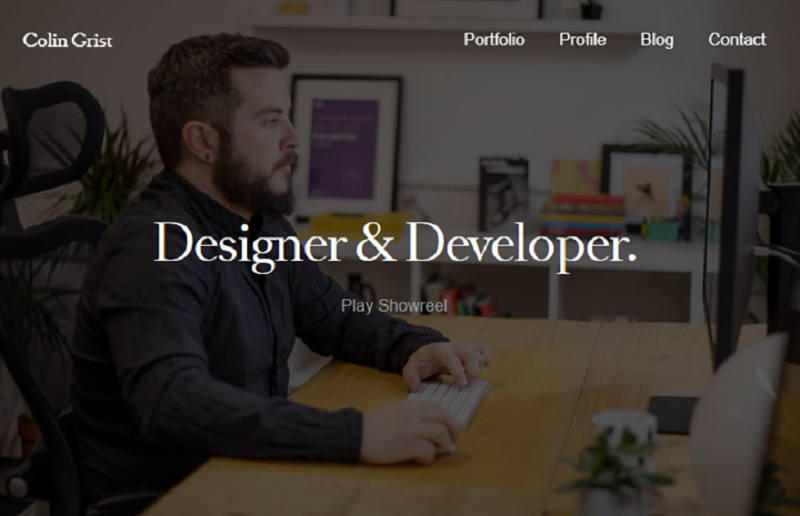

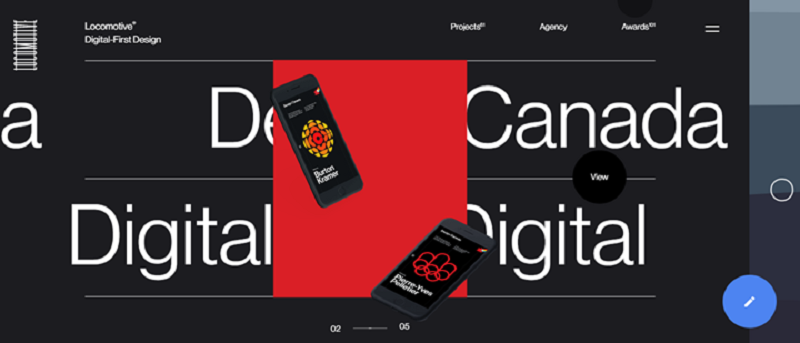
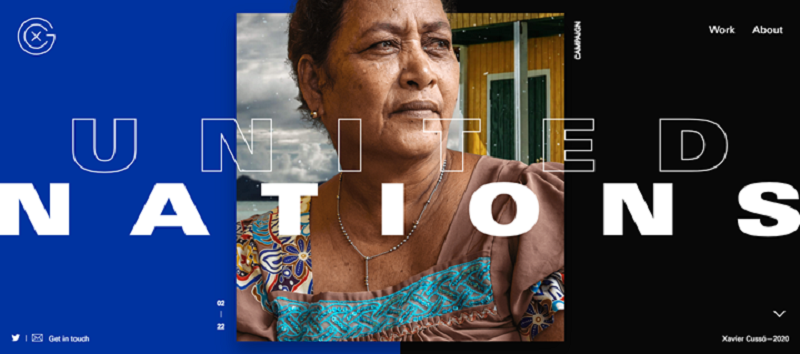
Making your portfolio dynamic but not overbearing is a great way to pick your possible clients’ interests. Challenge yourself to create something that is one of a kind and cuts through the noise.
5. Start Blogging
Starting your blog is helpful in brand building, whether you are good at writing or not. You don’t need to write elaborately. All you need is to be yourself because conversational content is more endearing and effective for readers.
Maximize your online presence with a blog because you can engage more with your target market. It is useful to update it daily with snippets of your projects both professionally and even personally.
Adding personal projects is an excellent sign for clients that you are continually exploring and expanding your skills.
Also, use other digital marketing tools together with your blog and social media accounts. For instance, a good email marketing strategy helps you expand your subscription list and lead new visitors to your blog through click-throughs.
An example of a great email marketing tool is MailChimp, which also comes with a WordPress plugin so you can build your drip emails right off your WordPress site.
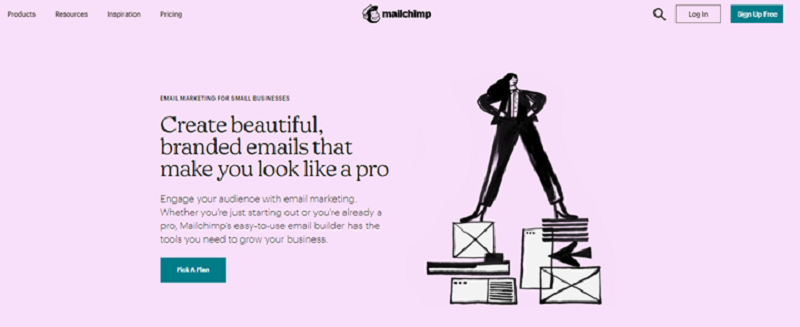
Image Source: mailchimp.com
WordPress also has numerous other email marketing plugins to successfully email marketing campaigns, generate leads, and increase your blog’s conversions.
If you can, also try publishing articles on partner websites as a guest contributor. This way, you can access audiences through the sites where you become a contributor.
You can funnel traffic to your website and market yourself even better by publishing articles or posts on websites familiar to your target market. However, do not post on competitors’ websites.
Instead, work with local websites and brands that also serve the clientele you are targeting.
Create content that will add value to their readers so that they come back for more and even jump over to your blog or website.
Conclusion: Take the Leap with Your Digital Marketing
Even if you are a freelancer, there is always an opportunity to gain exposure for your personal brand. Always be prepared to show your work, which means you will also need a mini-portfolio on hand, not just online or on your devices.
For instance, a tiny photo book of your work can come in handy, or a flash drive with your portfolio in it. Also, be prepared with a professional business card with you, especially if you are networking in person.
Get your brand nailed down in your website or blog, social media platforms, and other collaterals and media channels you use. Be original, authentic, and as most people say, be yourself because everyone else is taken.
Mayleen Meñez used to work in media before finding her true passion in NGO work, travelling the Philippines and Asia doing so. She homeschools 3 kids and loves reinventing Filipino dishes. She is a resident SEO writer for Softvire Australia and Softvire New Zealand.

Mayleen Meñez used to work in media before finding her true passion in NGO work, travelling the Philippines and Asia doing so. She homeschools 3 kids and loves reinventing Filipino dishes. She is a resident SEO writer for Softvire Australia and Softvire New Zealand.
Mayleen Meñez Social Credentials
Facebook: https://www.facebook.com/mayleenmenez
Twitter: https://twitter.com/MayleenMenez
LinkedIN: https://www.linkedin.com/in/mayleenmenez/
Instagram: https://www.instagram.com/mayleen_menez/



